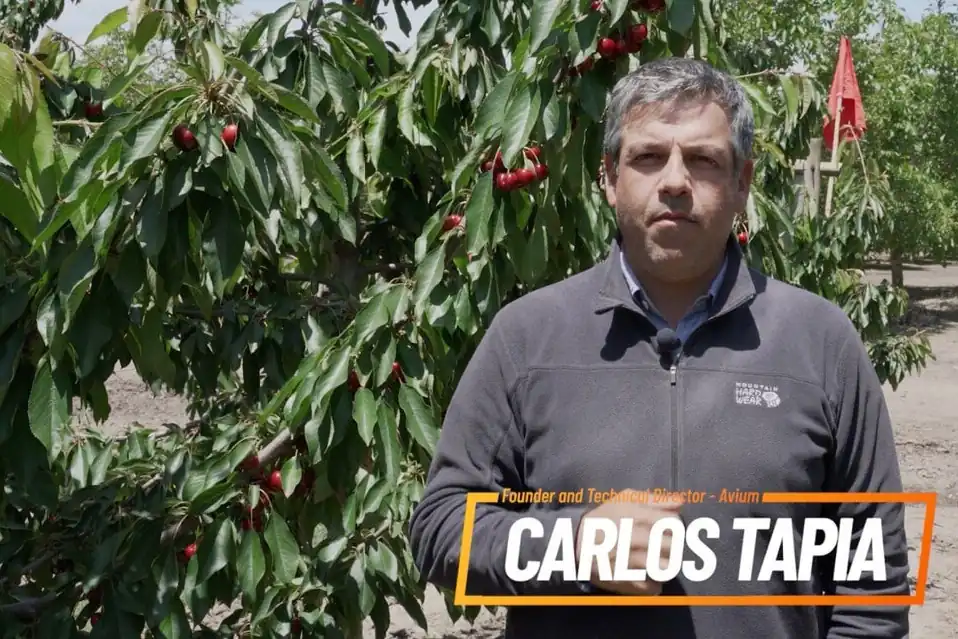A mild spring, a successful bloom, and the lack of excessive competition from other regions are fueling optimism among cherry growers in the U.S. Pacific Northwest for the 2025 season.
The harvest is approaching, and the outlook is promising.
Bright prospects for the 2025 harvest
According to the recent meeting of the Northwest Cherry Growers in Tri-Cities, a harvest of 21.4 million 20-pound boxes (about 9.1 kg) is expected, representing a 9% increase compared to last year’s 19.5 million boxes.
"The bloom was good across all production areas," said B.J. Thurlby, president of the organization. "Of course, there are some orchards with lighter loads, but overall, the crop load is uniform and manageable in all districts."
Jon DeVaney, president of the Washington State Tree Fruit Association, also confirmed the positive outlook: “It’s not the biggest crop ever, but the 9% increase compared to 2024 represents an ideal volume for both the domestic market and exports.”
A season without overlaps
Confidence is also bolstered by the forecast of a smaller crop in California. This should prevent the issues faced in 2023, when California’s overproduction delayed the arrival of Northwest cherries on store shelves until after July 4, leaving up to 5 million boxes unsold in the orchards.
Bloom and harvest calendar
The first blossoms appeared on March 28, while full bloom was recorded around April 9 across all member states of the association (Washington, Oregon, Idaho, Utah, and Montana).
Considering a maturation cycle of 60–65 days, the harvest is expected to begin around June 1 and peak in early July, continuing through August.
"The timing of the harvest allows for a strong presence during key moments such as Father’s Day and the Fourth of July, when cherries are a staple on American tables," DeVaney noted.
Challenges in labor and tariffs
Two main uncertainties remain for growers: labor and international trade conditions.
Regarding labor, DeVaney reported relative stability in the availability of seasonal workers, thanks in part to the expansion of the H-2A program, although costs have risen due to the overtime pay regulations in effect since 2024.
"Farm wages are rising faster than the general labor cost index, with a direct impact on harvesting decisions," he explained.
This could lead some growers to leave less profitable fruit unharvested, although cherries remain among the most valuable crops.
On the export front, there has been a relaxation of trade tensions with China: the temporary suspension of retaliatory tariffs during the cherry season is a positive signal for exports to one of the most important markets.
The decisive role of climate
If weather conditions continue to be favorable, 2025 could mark a revival season for Northwest cherries.
However, weather and the presence of wildfire smoke remain unpredictable factors that could affect the final outcome of the harvest.
"Mother Nature is still our majority partner," Thurlby reminded, "and each year she reminds us how important it is to adapt and seize opportunities as they arise."
Source: yakimaherald.com
Image source: Yakima Herald Republic
Cherry Times – All rights reserved












